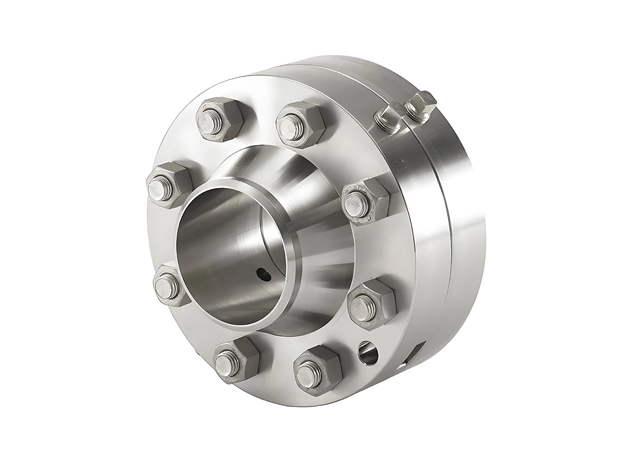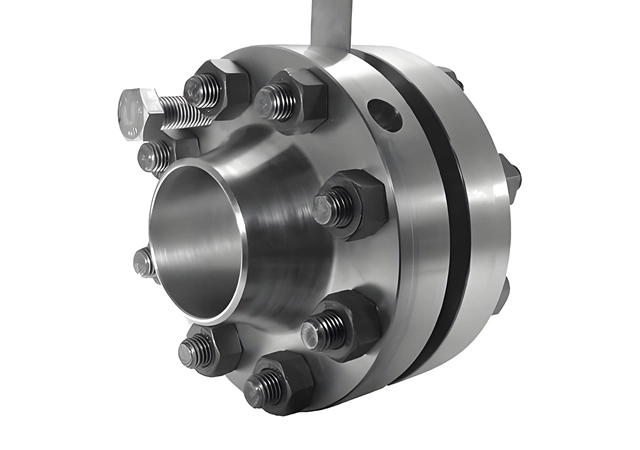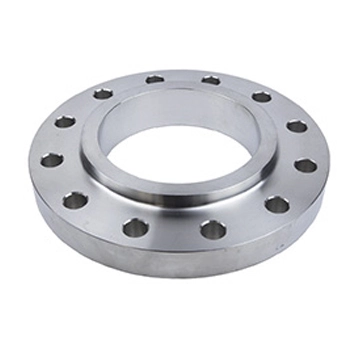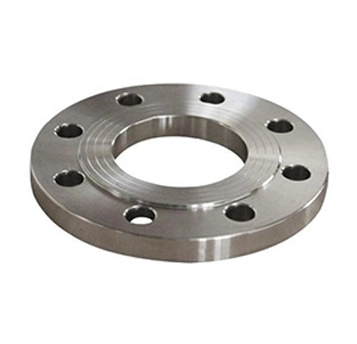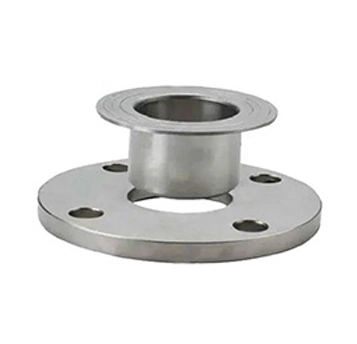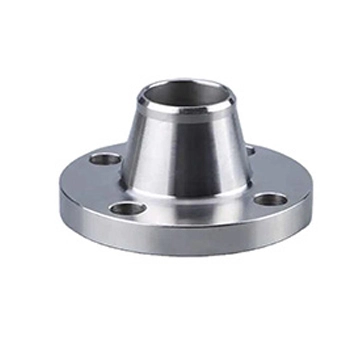What is Orifice Flange
An orifice flange is a specialized component used in industrial piping systems to measure and control the flow of fluids such as liquids, gases, and steam. It works by housing an orifice plate, which is a thin metal disk with a precision-machined hole in the center. This plate creates a restriction in the flow, causing a pressure drop that can be measured to determine the flow rate. The flange assembly includes pressure taps located upstream and downstream of the orifice plate, which are used to measure the differential pressure. This differential pressure is then used in calculations to determine the fluid's flow rate with high precision.
Orifice flanges are designed to comply with international standards such as ASME B16.36, ensuring reliability and compatibility in various industrial applications. They are available in different types, including weld neck, slip-on, and threaded flanges, each suited to specific applications. These flanges are essential in industries like oil and gas, chemical processing, water treatment, and power generation, where accurate flow measurement and control are critical for efficiency and safety.
Types of Orifice Flange
Raised Face Orifice Flange:
Features a raised surface around the bore to provide a sealing surface for gaskets.
Commonly used in medium-pressure applications.
Ring-Type Joint (RTJ) Orifice Flange:
Uses a metal ring gasket for high-pressure and high-temperature applications.
Ideal for oil and gas industries.
Weld Neck Orifice Flange:
Has a long tapered hub for high-stress applications.
Provides better strength and fatigue resistance.
Slip-On Orifice Flange:
Slides over the pipe and is welded in place.
Used in low-pressure systems.
Sizes and Pressure Ratings of Orifice Flange
Common Sizes:
Nominal Pipe Size (NPS): 1/2" to 24" (standard range)
Large Sizes: Up to 60" or more (for specialized applications)
Metric Sizes: DN15 to DN600 (or larger)
Common Pressure Classes:
ASME/ANSI Pressure Classes:
150# (PN20): Low-pressure applications.
300# (PN50): Medium-pressure applications.
400# (PN64): Intermediate pressure.
600# (PN100): High-pressure applications.
900# (PN150): Very high-pressure applications.
1500# (PN250): Extreme pressure applications.
2500# (PN420): Ultra-high-pressure applications.
PN Ratings (European Standards):
PN6, PN10, PN16, PN25, PN40, PN63, PN100, PN160, PN250, PN320, PN400.
Standards of Orifice Flange
ASME B16.36: Specifies dimensions, materials, and pressure ratings for orifice flanges.
ISO 5167: Provides guidelines for flow measurement using orifice plates.
DIN EN 1092-1: European standard for flanges, including orifice flanges.
Material Grade of Orifice Flange
Carbon Steel: ASTM A105, A350 LF2.
Stainless Steel: ASTM A182 F304, F316, F321.
Alloy Steel: ASTM A182 F11, F22, F5.
Duplex Steel: ASTM A182 F51, F53, F55.
Nickel Alloys: Monel, Inconel, Hastelloy.
Applications of Orifice Flange
Orifice flanges are used for precise flow measurement in pipelines by creating a pressure drop through an orifice plate.
They regulate pressure and measure differential pressure, ensuring safe and efficient fluid flow.
Applications include oil and gas, chemical processing, water treatment, power generation, and more.
These flanges are versatile, adhering to international standards and compatible with various flange types.

 EN
EN
